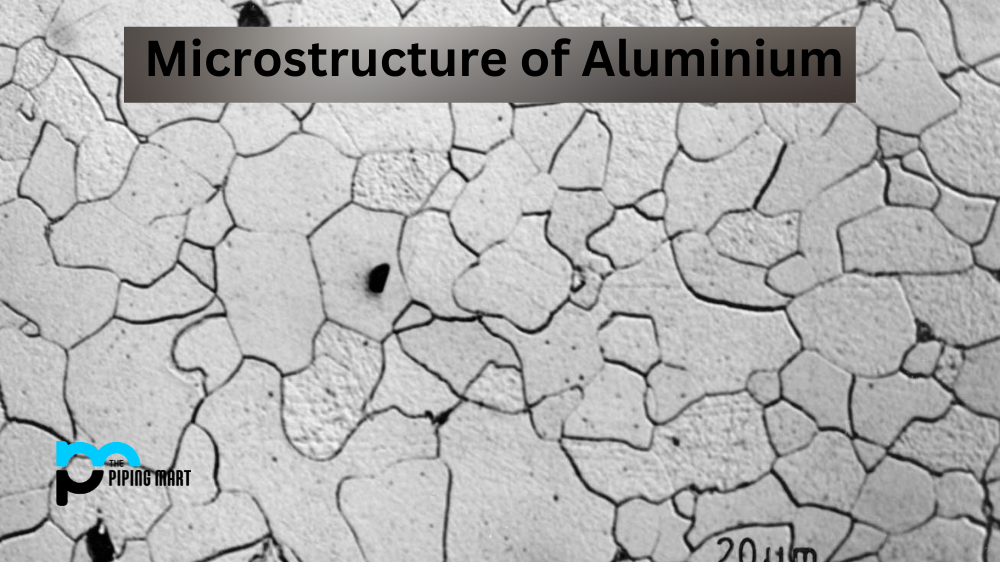Aluminium is one of the most widely used metals in the world due to its lightweight, durability, corrosion resistance, and ductility. But what makes aluminium so useful? One key factor is its microstructure, which refers to the arrangement of atoms within the metal. Let’s take a closer look at how aluminium’s microstructure affects its properties.
The microstructure of aluminium consists primarily of two distinct components: grains and grain boundaries. Grains are regions where atoms have formed a crystal lattice that imparts strength to the metal. Grain boundaries are areas between grains with no crystal lattice, which makes them weaker than the surrounding grains. This combination of strong grains and weak grain boundaries gives aluminium its unique properties.
One of aluminium’s most notable traits is its high ductility—the ability to be deformed without breaking or cracking—mainly due to its microstructure. When aluminium is subjected to stress, such as bending or stretching forces, energy from these forces passes from grain to grain through the weaker grain boundaries instead of being concentrated in any single grain. This “dissipation” of stress helps prevent cracks from forming in individual grains, allowing aluminium to deform without breaking or fracturing.
Another property enabled by aluminium’s microstructure is fatigue resistance—the ability to withstand repeated stresses over time without failing. This resilience can be attributed to small amounts of solutes that form during solidification and become trapped at the grain boundaries. These solutes act like tiny shock absorbers that spread stress over time so that it never becomes excessive enough for a crack or fracture to form in individual grains.
Conclusion:
Aluminium’s microstructure is essential in determining its properties and making it one of the most versatile metals today. Because of its unique combination of strong grains and weak grain boundaries, aluminium has high ductility and fatigue resistance levels that make it ideal for applications ranging from construction materials to aerospace components and beyond. Thanks to its impressive microstructural properties, aluminium will continue to be a go-to material for years to come!

Hey, I’m Krutik, a casual blogger expert in the metal industry. I am passionate about providing valuable information to my readers. With a background in engineering and construction, I like playing Cricket & watching Netflix shows in my free time. Thank you for visiting my blog, and I hope you find my information helpful!




